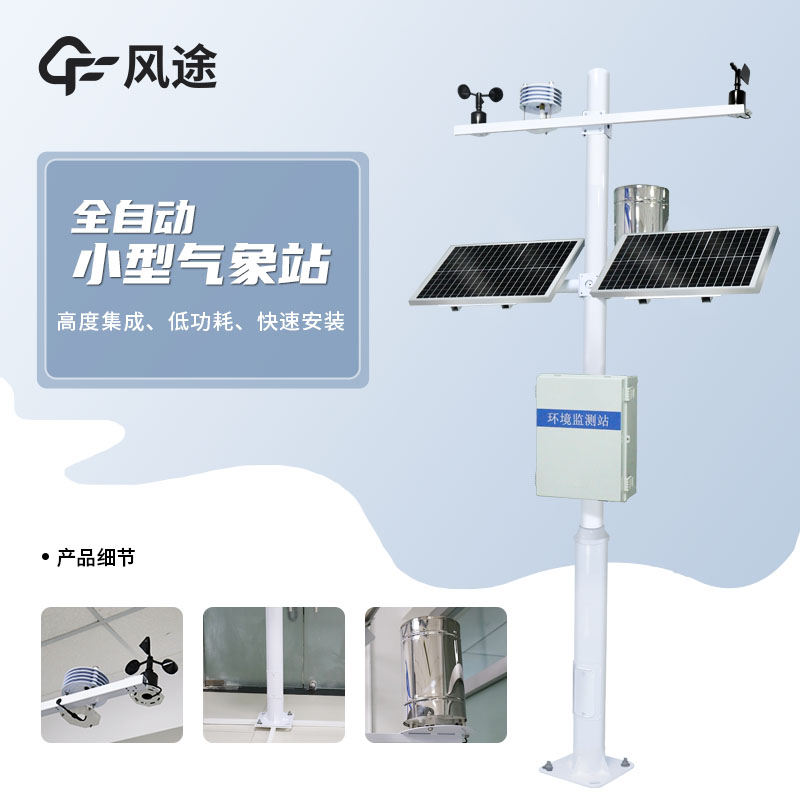Meteorological environment monitoring equipment supplier
Insist on doing high-precision customer favorite technology products
What configurations are required for a Small Automatic Weather Station?
The configuration selection of a Small Automatic Weather Station depends on specific usage requirements and application scenarios.
For general purposes, sensors for temperature, humidity, air pressure, wind speed, wind direction, and rainfall are the core configurations. For example, in campus meteorological science popularization activities, these basic data can meet the basic needs of students to understand the weather. However, if it is used for agricultural production monitoring, it is recommended to add soil temperature and humidity sensors, and a solar radiation sensor is also very necessary. They are of great significance for understanding the growth environment of crops and guiding agricultural activities such as irrigation and fertilization. In the field of environmental monitoring, an air quality sensor can also be configured to monitor the concentrations of pollutants such as PM2.5, PM10, and sulfur dioxide.
Data Transmission Methods
If the weather station is used in a fixed location with a network interface, a wired transmission method such as RS485 can be chosen to ensure stable data transmission. If it is used in mobile scenarios such as field investigations, 4G or GPRS wireless transmission is the preferred option for convenient remote data acquisition. Bluetooth transmission is suitable for short-range data viewing. For example, in a small-scale scientific research test site, researchers can obtain data from the weather station by connecting their mobile phones to it via Bluetooth.
In indoor or fixed stations with mains power supply, mains power supply is convenient and reliable. For long-term monitoring in the wild without mains power supply, a combination of solar power supply and a large-capacity energy storage battery is a good choice, which can continuously power the weather station. For short-term field operations, a large-capacity lithium battery can meet the usage requirements for several days.
In terms of protection, a waterproof and dustproof rating of IP65 or above can adapt to various harsh weather conditions. The shock-resistant design can ensure the stability of the weather station during transportation and installation. From the perspective of portability, a lightweight, foldable, or telescopic weather station is more convenient to carry, and a structure that is easy to install and disassemble can improve the use efficiency. Meanwhile, a weather station with a clear display screen, preferably a touch screen for easy operation and data viewing, can better meet the needs of users.
